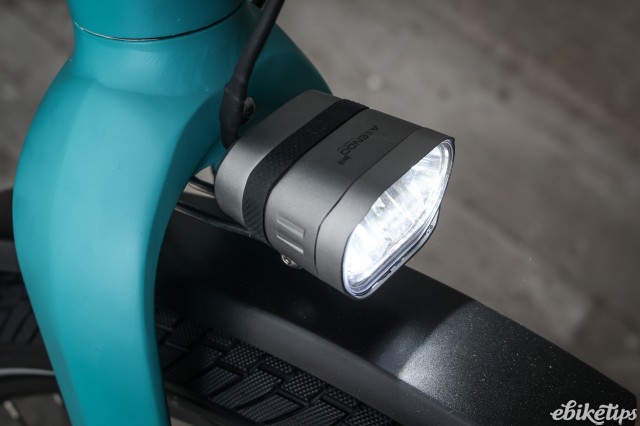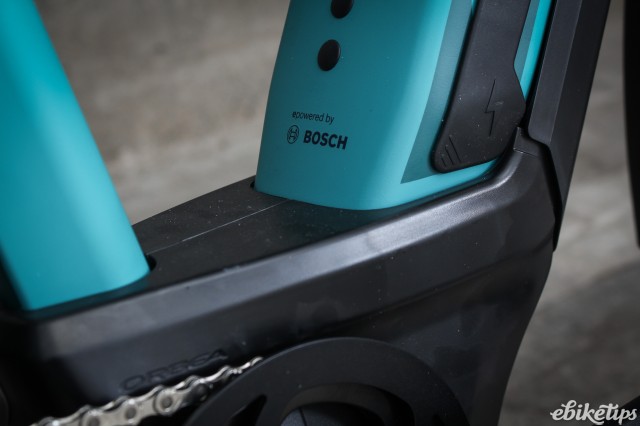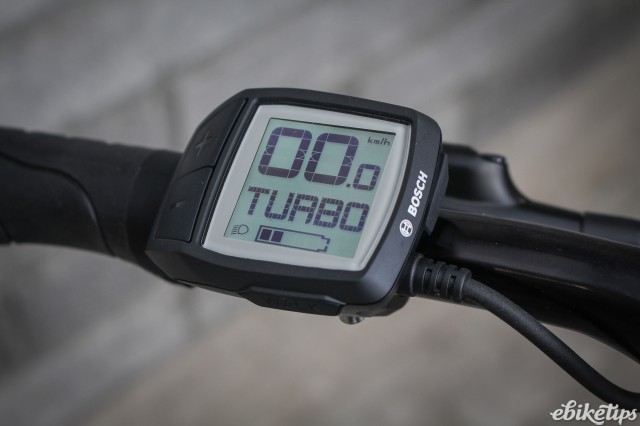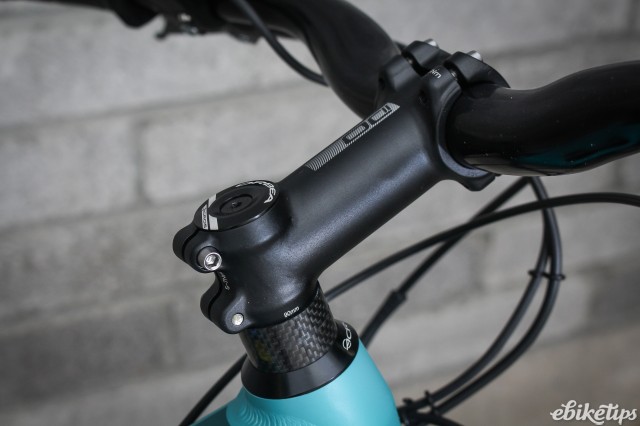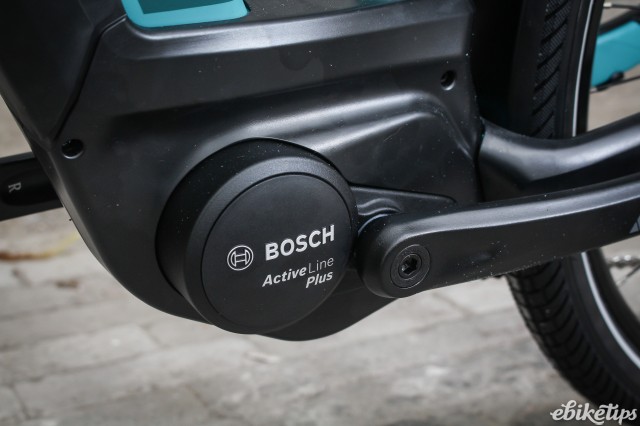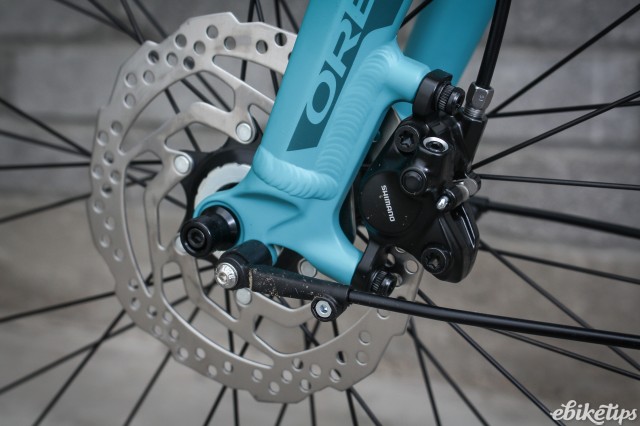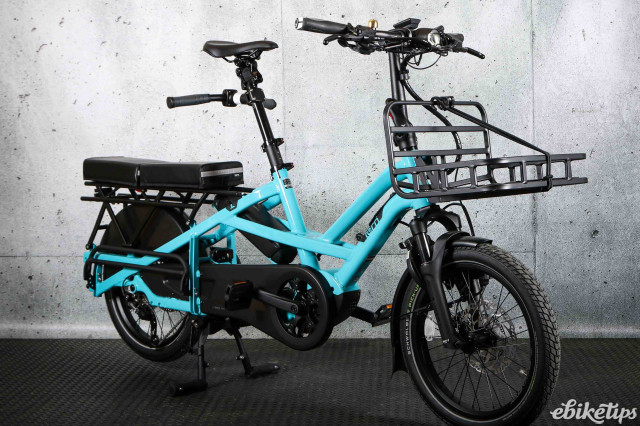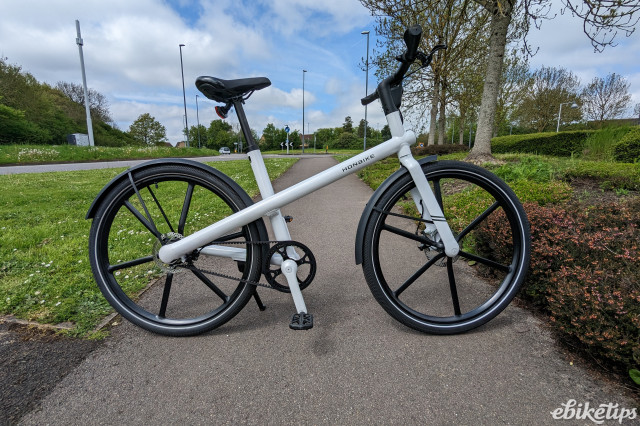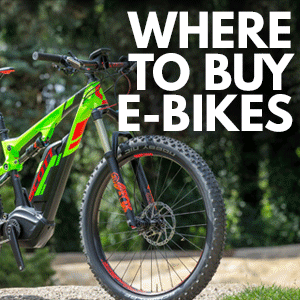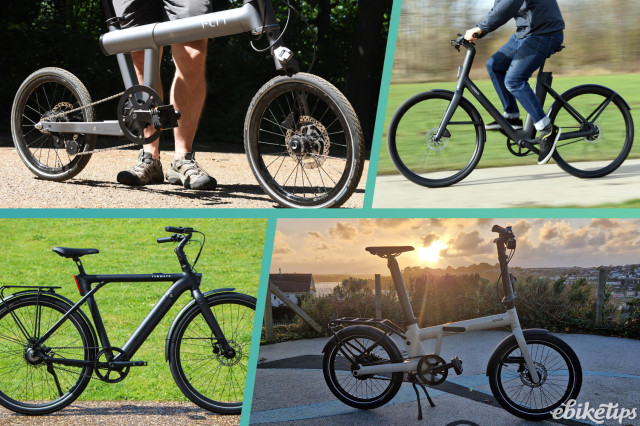Review: Orbea Keram Asphalt 20
Overview
- Solidly built with lots of load-carrying ability
- Well specced for all-year-round city use
- Good quality motor
- Battery cover is a bit flimsy
- Recessed charge port isn't that easy to use
The Orbea Keram Asphalt is one of a range of bikes using the Keram frame; you can buy in a mountain bike build if you’re looking for off-road capability, and there’s a comfort build too aimed more at the leisure rider. The Asphalt is designed for road use, with big, fast-rolling tyres and a rigid fork.
There are two spec options, with this, the Asphalt 20, the more expensive of the two with a Bosch Active Line Plus motor with a 500Wh PowerPack battery, and Shimano Deore 9-speed gearing. The cheaper Asphalt 30 (£2,069) gets a smaller 400Wh battery along with the less powerful Active line motor, and a cheaper drivetrain from Shimano’s Altus range. The Asphalt 30 is a great all-purpose city bike, with a motor powerful enough to cope with hills and loads, and a practical build.
Our family has been using this bike through this winter in our hilly city. We have certainly used it a lot and tried it out in many challenging urban conditions; we have had quite a bit of rain and some windy days too. The main strength of this bike for our family has been its sturdiness and ability to carry loads very well. We use the e-bike for commuting, shopping and picking things up in town without needing to park a car. The rear rack on this bike is so sturdy and well mounted that we have been able to use our largest panniers and load them with the heaviest items you can imagine. The bike handles this extremely well. The rear kick-stand is positioned and angled very well which makes it possible to load and unload heavy bags without fear of the bike tipping over.
We live on top of a hill, so the electric assistance the bike provides realistically makes the difference between doing our shopping on a bike, or taking the car. The Bosch Active Line Plus motor is good enough to get us up the hill without breaking into a sweat, though it does require going down the gears for steeper parts. It's not the most powerful motor, so the assistance is adequate, rather than exciting. I don't think this is a negative, just something to be aware of: you won't fly up the hills, but there's plenty of power on tap. The disc brakes are easily powerful enough for any stopping on the flat or flying down the hill, and we found braking power easy to control.
We were testing the large frame size which is probably a little large for me (I am 1.67m or 5ft 6”) but fits my husband perfectly (the years 1.77m or 5ft 10”). However, the design seems to cope incredibly well with a range of rider sizes. Although I would not have chosen this size, it did not hamper my manoeuvrability and control on the bike at all. For long-term comfort, I would personally choose one size smaller.
The frame geometry has a fairly upright ride position which provided a good urban ride position with a good view of traffic. For me, it was just possible to step down from the saddle with one leg either side of the top tube, even on the large-size.
Features of the bike that I was less keen on are largely to do with the look of the ‘integrated’ frame (aesthetics are of course a personal matter). The battery has been put inside the bike’s aluminium frame and a number of clip-on plastic components have been added to the bike to create an ‘integrated’ look, rather than using a properly integrated battery; Bosch now offer the PowerTube battery for this. Probably putting the standard battery under a cover is a cheaper option here, but my personal opinion is that these clip-on components make the bike look a bit tacky.
Functionally the frame design also has a few usability problems. A number of holes have been provided in the aluminium frame to give access to the on-off switch and charge point. These holes have rubber plugs, which you have to move out of the way. This also means that the charge socket is set back fairly deeply in the hole which makes plugging it in more awkward than it would be if the battery was simply mounted to the bike (as in the previous model of this bike).
The functional features on the bike that I thought were good included the mudguards, lights and lock. The mudguards are rigid aluminium, they look excellent, did not rattle at all and kept my legs and feet dry in all conditions that I tested it in. The integrated lights were sufficient in traffic but also away from lighted roads. The Spanninga Kendo 15 lux front light in particular was enough to take me through dark unlit woodland paths this winter. I think the rear light is sufficient in traffic but I would normally use extra flashing lights to make sure I was being seen in dark commuter-traffic situations. I did not have a chance to test the integrated bike lock. I am used to this type of lock from growing up in Holland and can say that this type of lock is particularly useful when using the bike for short shopping errands; where you are happy to quickly lock the bike, not chaining it to anything. Longer-term I would definitely use this feature: flick the kick-stand, click the integrated lock and pop in somewhere for a couple of minutes.
Overall, I’d say this was an excellent urban e-bike which can handle hills and significant load carrying. It's great for shared use and easy to handle in traffic. In terms of value it’s good rather than great – you can pick up bikes with the Active Line Plus motor for around £2,000 – but for the solid spec and the load carrying capability it’s definitely one to consider.


